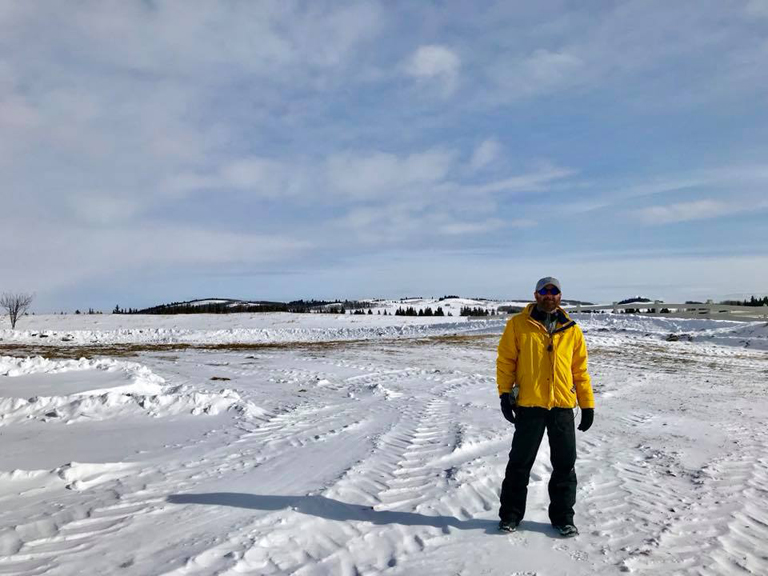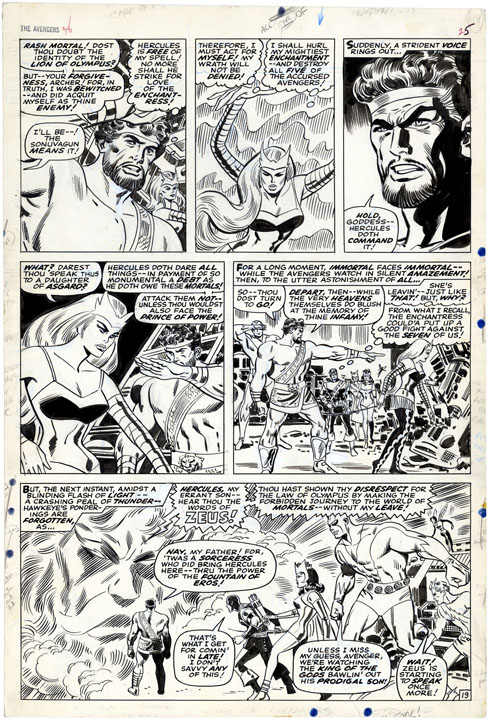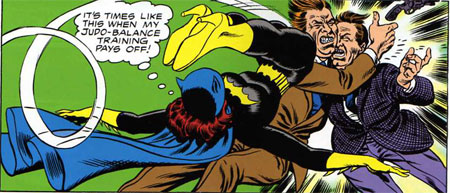Beauology 101: The Comic Book University Of Higher Learning
by Beau Smith
Throughout my life I’ve always been a Reader/Collector of comic books. That means that I not only read comic books, I collected (Hoarded) them. I’m sure a lot of you reading this can relate. For the last 30 years I’ve also been a Writer/Creator of comic books. The other evening, while writing the latest episode of Wynonna Earp, I discovered another title I can add to my list; I am a student of comic books.
While writing the script, flashes of various panels from comic books of my youth were popping up in my head, panels with certain camera angles, poses, and pacing. I wasn’t copying them, but they influenced me. I realized that the comic books I had read and reread as a kid were my text books and that in a way, I was studying them. My teachers were Stan Lee, Jack Kirby, Steve Ditko, Don Heck, John Romita, Sr., Gil Kane, Wally Wood, Ramona Fradon, and so many more. I thought back to those days of the 1960s and how I would not only look up the hard words that Stan Lee was making me learn, but I was also studying the dynamics, impact, and poses of the action that so many of these great artists were putting to the printed page. Jack Kirby and Gil Kane were easy because their work was so in your face, but the subtle positioning and power of Don Heck and John Romita was a more in-depth lesson, as were their influences like Milton Caniff.
I would spend hours as a kid positioning my G.I. Joes, Captain Action, and Johnny West to get just the right Kirby fight pose or action sequence. I knew I wasn’t alone with this. Years later, once I was in the comic book business, other creators, readers, and artists would tell me the same story. (And my family thought I was the only crazy person…)
Of course, since then, films and TV have become major influences with my writing and study, but the core always goes back to comic books. That’s the craft I was most drawn to as a creator. It wasn’t just characters that I would delve into; the buildings, the landscape, the oceans, everything was there for the eye and mind to devour. The best test that I had was flipping through the comic book and “reading” the story without looking at the words. If I could do that and understand it while standing at the spinner rack, then I knew that comic book was gonna be a good read. People tend to forget that writing comic books is a craft of its own. It’s not prose, it’s not screenwriting, it not a song, it breathes of it own style and storytelling.
Not to sound like I’m an old fossil, but I don’t see as much to study these days in a majority of comic books. Yes, art style has changed, but compelling storytelling shouldn’t. We need to keep in mind that it’s fine to have films and TV screenplays as well as prose books be our influences, but don’t forget, they are not comic book scripts and storytelling. It’s pictures and words that mesh together, sometimes even without word balloons, but just with the power of art and mood construction.
Comic books can still be an entertaining ten minute read, but they can also be an hour of study if you take the time and dissect the structure of what the writer and artist have laid before you. $4.00 for a comic book isn’t cheap, but if you know how, you can get more than your money’s worth from reading AND studying them.
Beauology 101 is over for this week. Study for the next chapter and be ready to pick more knowledge from the learning tree.
Beau Smith
The Flying Fist Ranch
@BeauSmithRanch at Twitter and Instagram




